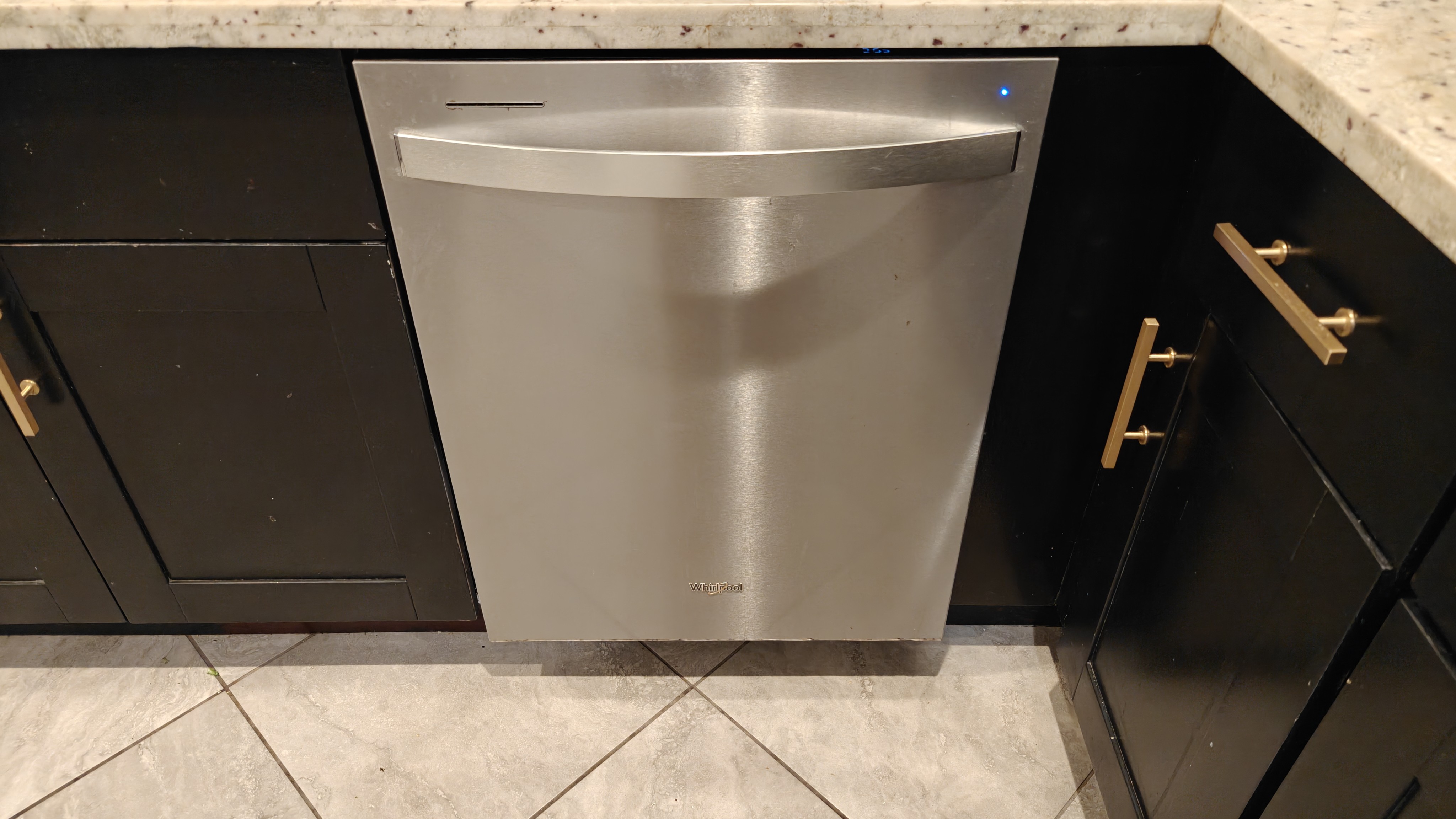Best smart lights 2022
Light up your home with the best smart lights including bulbs, light strips, and LED tiles.
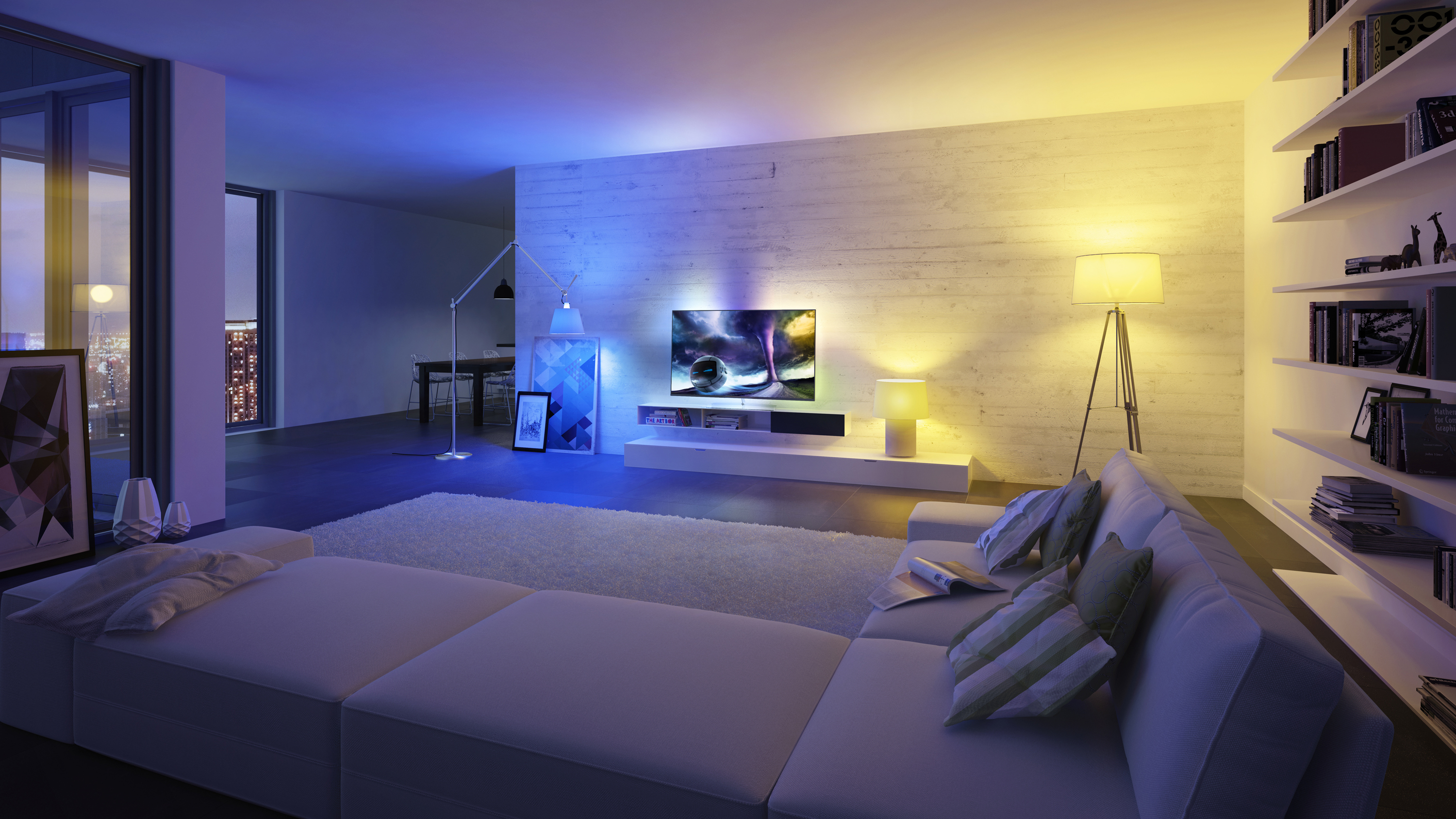
The best smart lights can do more than just brighten your home. With these home light control systems, you’ll be able to set the mood, tone, and ambiance of any space at the tap of a button or at the command of a voice. Nowadays, many of the best smart lights are highly customizable. You can pick the color, adjust the brightness and even program them to work with other smart home schedules. This means your bulbs could automatically turn on when you flick the kettle and turn off when you close your front door. Some home light controls on the market can even match the mood of your music, gaming, or TV program – creating that real cinematic experience from the comfort of your own home.
Technology has progressed a lot since smart lights were first introduced in the early 2000s. Along with smart light bulbs, you can now get smart light strips that can be stuck almost anywhere and accent light designs that look more like a piece of art than a source of illumination.
In many cases, the best home light control systems connect to a smart device through the use of an app. Of course, with all this power comes a price – which is why the top-rated smart lights are more expensive than your average bulb.
We’ve reviewed a number of different home light control systems for every space, including the popular Philips Hue Color Ambiance Smart Bulbs, the top-rated Philips Hue Lightstrip, and the stylish LIFX Tile. Keep reading to discover the best smart lights for your home. Or if you’re searching for more clever home devices, check out the best smart thermostats or our guide to the best video doorbells.
1. Philips Hue Color Ambiance: Best smart light bulbs overall
Why you can trust Top Ten Reviews
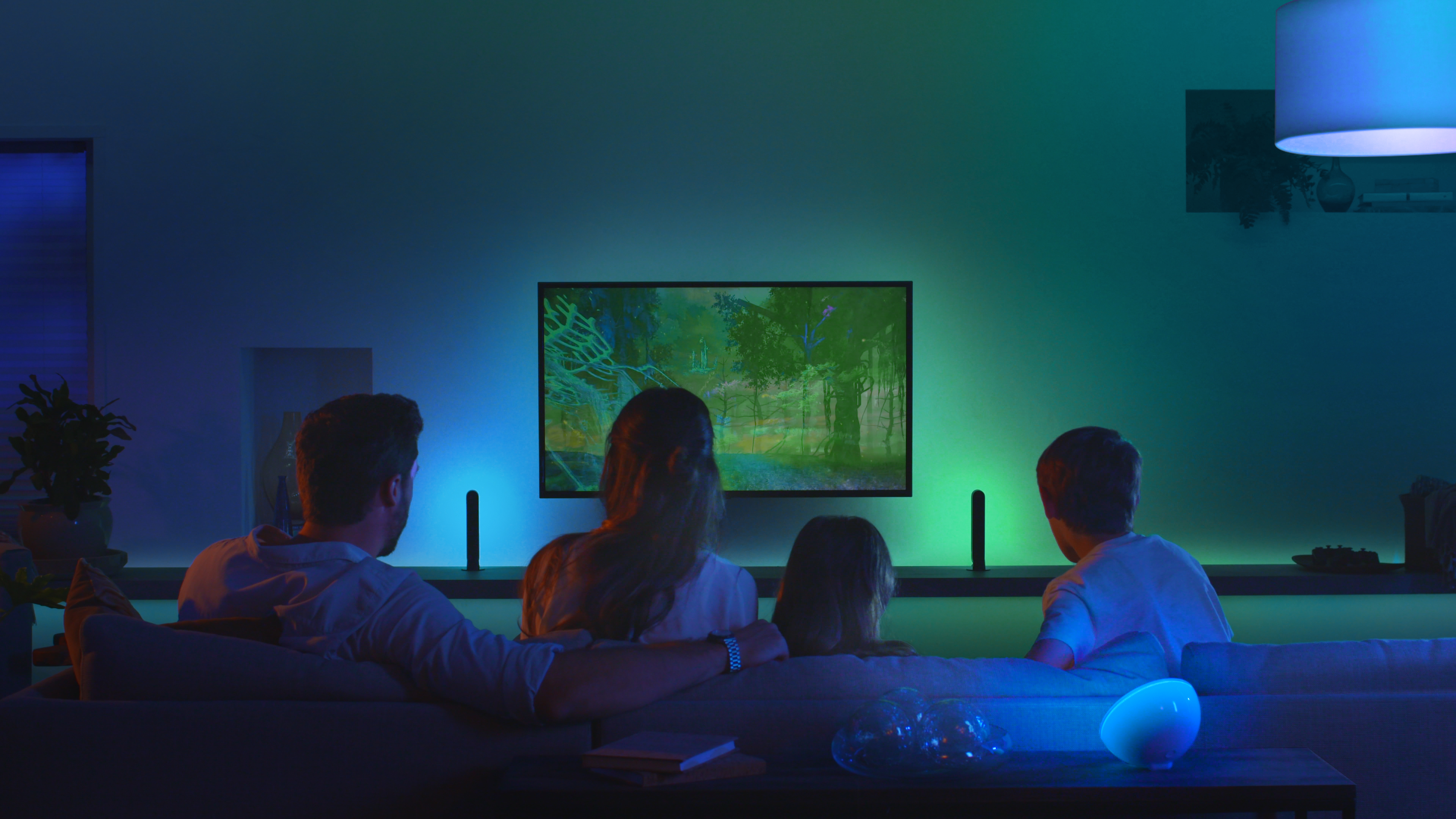
Specifications
Reasons to buy
Reasons to avoid
If you’re thinking about starting a smart lighting set up, that’s probably because you’ve been eyeing up a Philips Hue smart bulb set. It’s the daddy of smart lighting options, and for good reason: it’s reliable, comes in a variety of fitting and lighting options, and has great support from third party developers.
Our favorite pick from the Philips Hue range is its Color Ambiene smart bulbs. Available in all manner of fitting types, from screw ins to bayonets, it can be programmed to display 16 million colors, work with all major voice assistants and be programmed to work with smart home schedules and IFTTT (If This, Then That) app routines.
Bright and colorful, with an easy to use app and set-up process, perhaps the best thing about the Philips Hue Color Ambiance set is the way it can be paired with third party apps to add even more control options to your lighting array. Whether you want your bulbs to glow to match your gaming sessions, or to pulsate in time with your house party’s music, it’s got you covered. They’re expensive, but worth every penny.
2. Philips Hue Lightstrip: Best smart light bulbs for hard to reach places
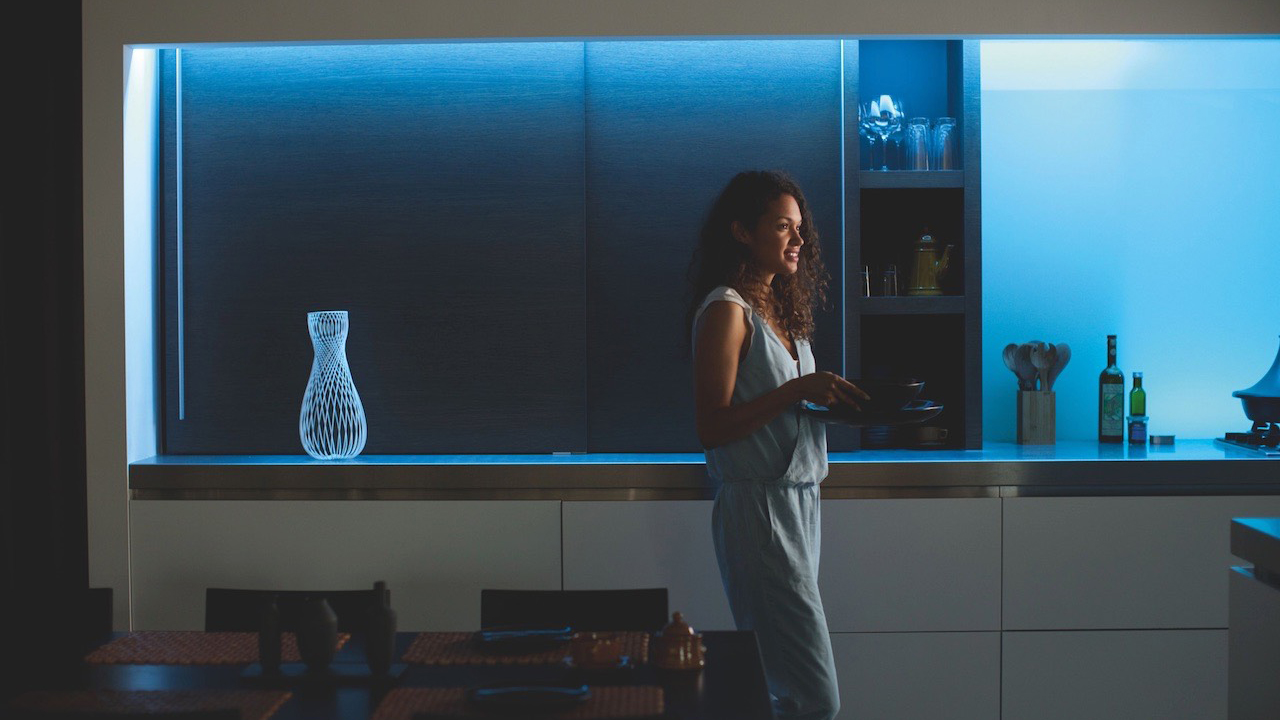
Philips Hue Lightstrip
Our expert review:
Specifications
Reasons to buy
Reasons to avoid
Sometimes, a bulb just doesn’t cut it. If you want that smart lighting experience, but can’t get a light fitting or lamp in the area you want to illuminate, the Philips Hue Lightstrip is an excellent option.
In terms of connectivity and app support, it’s pretty much identical to the other Philips Hue Color Ambiance bulbs on this list – it’ll display millions of colors, work with voice assistants, and can be integrated into your wider smart home ecosystem.
What sets it apart however is its form factor. Coming in a long, sticky strip, you can place the Philips Hue Lightstrip almost anywhere, sticking even to the underside of surfaces – provided you keep it in range of a wall power outlet, of course.
The Philips Hue Lightstrip then opens up all sort of unexpected lighting options. Got a dark cupboard that needs illuminating? Let there be light. Want to give your home cinema some mood lighting? Tuck it around the back of your TV. Need a soft glow to read by at night? Stick it to your bed’s headboard. There need not be a dark corner of your home ever again.
- Read our Philip Hue Lightstrip review
3. LIFX Tile: Best smart light bulbs as design-led statement lighting
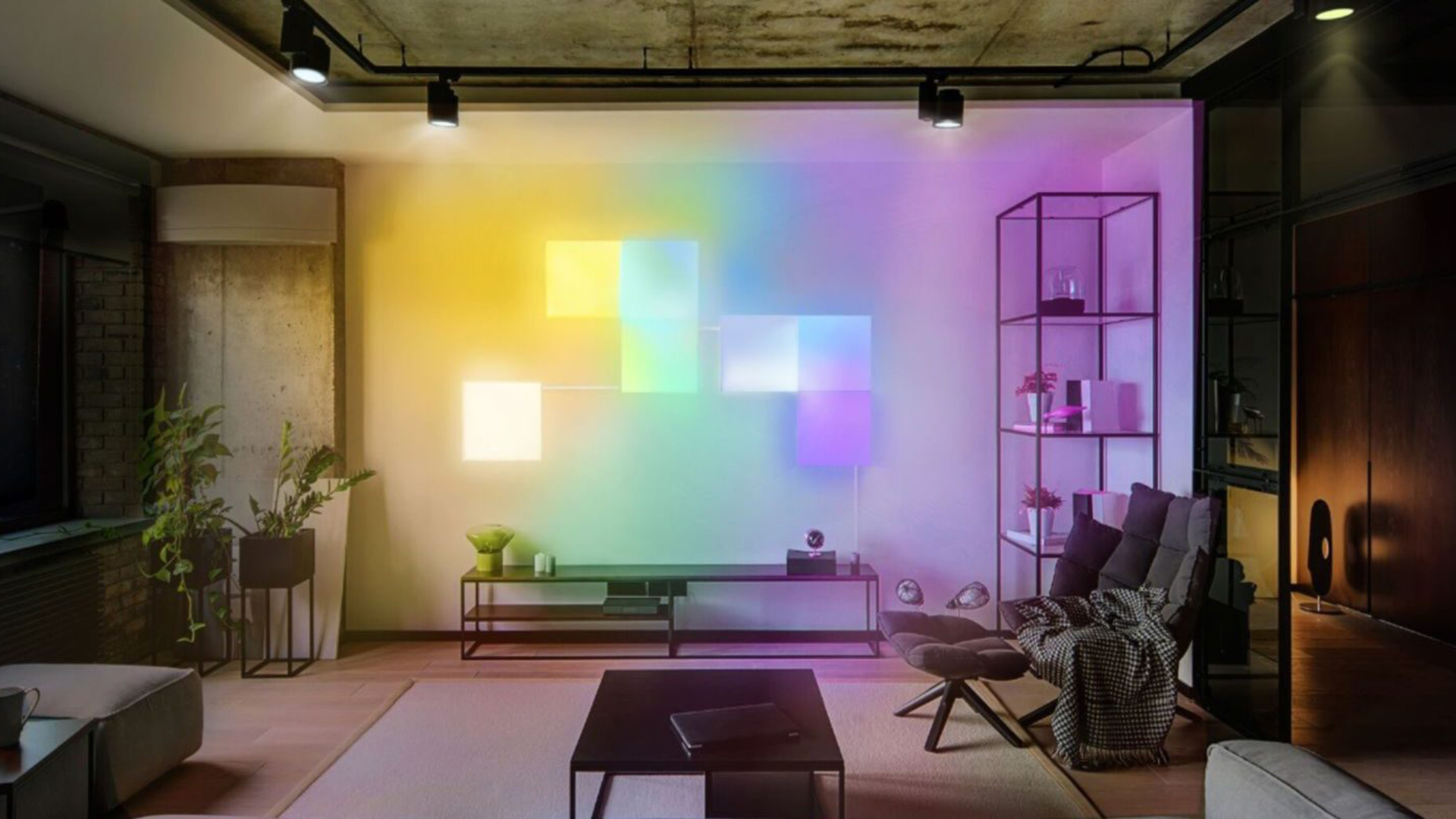
Specifications
Reasons to buy
Reasons to avoid
Sometimes, it’s not all about how well a smart lighting kit illuminates a room. Sometimes, it’s more about how stylish it can make your home look, and the LIFX Tile might be the most stylish option of the bunch laid out here.
Affixing to your home’s walls with safe-to-remove stick Command Strips, the LIFX Tile is a pack of illuminating squares that can be stuck directly onto your walls. They can be arranged in any pattern that you like, and once connected to the LIFX app, can be programmed into any color configuration you choose.
Like the Hue options, the LIFX Tile can be made to work with smart assistants and all manner of other connected gadgetry around your home. But where it comes into its own is in how customizable it is. You can literally paint any pattern, with a selection of millions of colors, using your fingers on representations of the Tile in the app. Add to this luxurious pre-programmed patterns and special effects to spice up a party, and it’s our favorite smart lighting statement piece.
- Read our LIFX Tile review
4. LIFX Beam: Best smart light bulbs for arty accent lighting
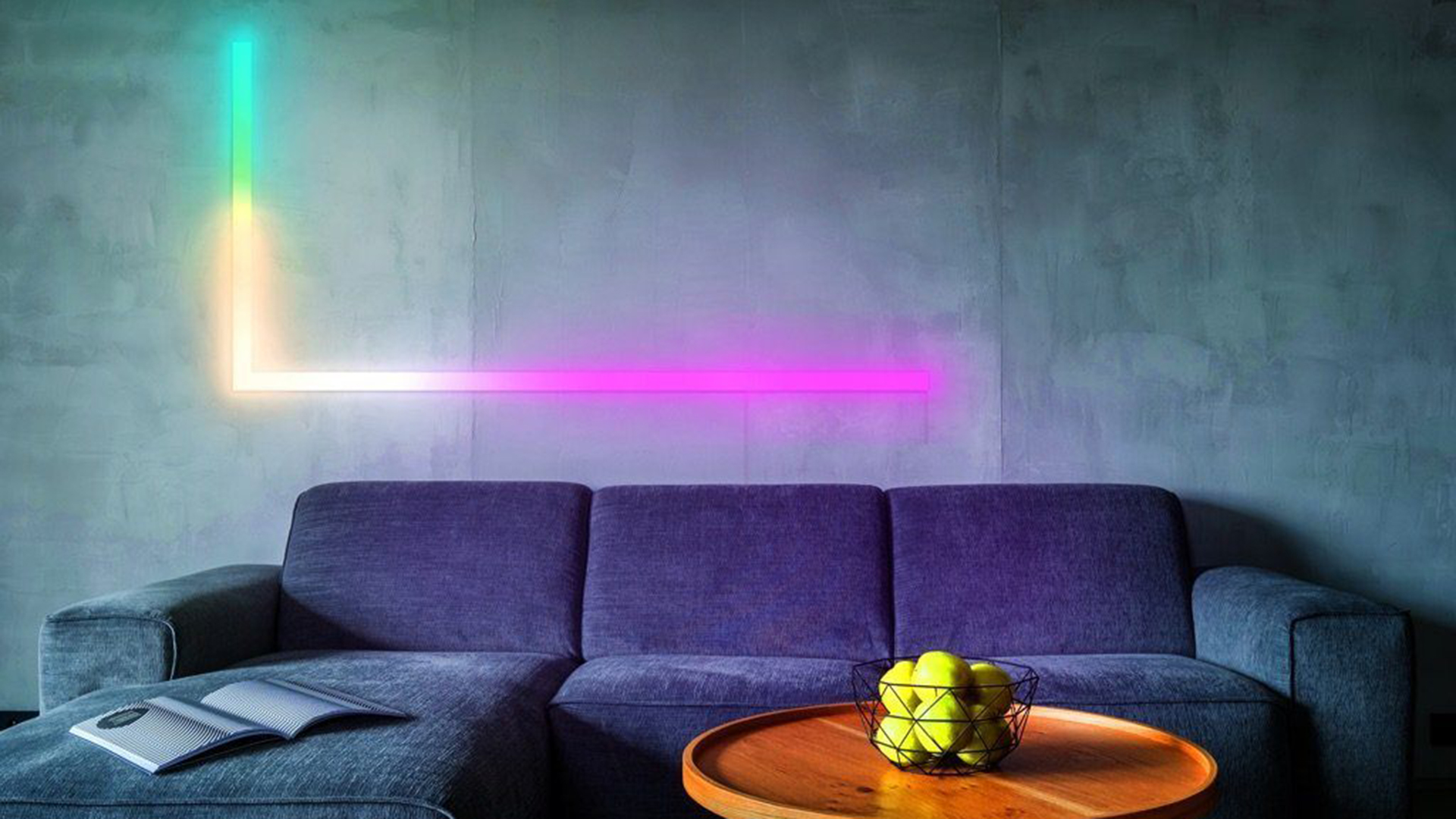
Specifications
Reasons to buy
Reasons to avoid
Is the LIFX Tile a little too in-your-face for your liking? Then try the LIFX Beam. It follows the same principles as the Tile, but does so in a more subtle form factor.
All the connectivity and color changing options of the Tile are present in the Beam, and it too affixes to a wall with damage-free Command Strips. But whereas the Tile is a relatively-large selection of, well, LED tiles, the Beam is instead a set of thin strips that can act as accent lighting for your walls.
With the potential to arrange them in a line, T or L shape configuration, the Beam is a great option if you want to highlight the edge of a door or picture frame, or want to add a splash of color to a wall without dominating a room. It’s not the best suited for reading by or illuminating a room without the support of other bulbs, and it can be a bit unstable in terms of connectivity with the rest of your smart home devices. But its unique form factor makes it another good choice for those looking to add some flair to a connected home.
- Read our LIFX Beam review
5. TP-Link Kasa Filament Smart Bulb (KL50): Best budget smart light bulbs
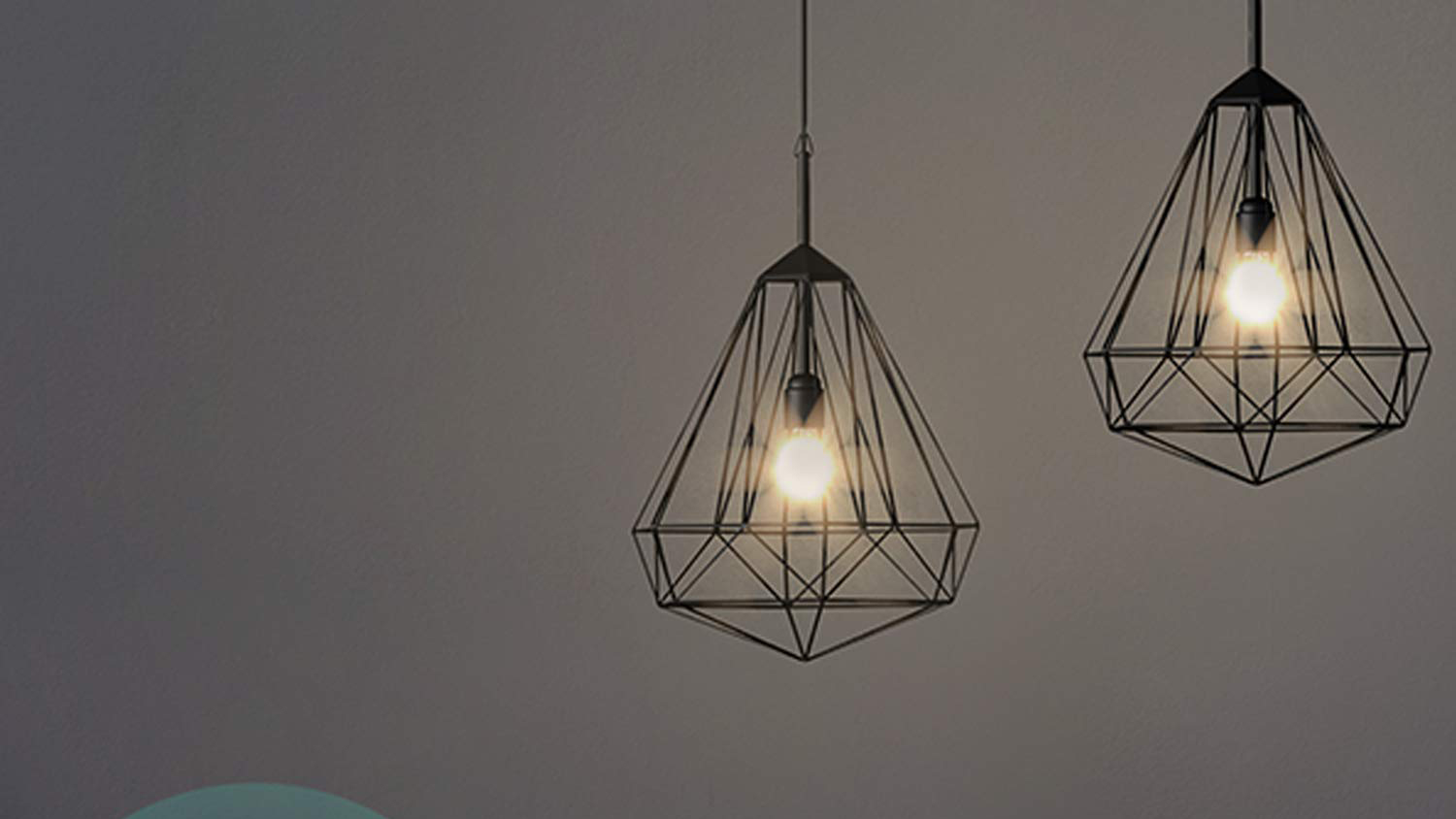
Specifications
Reasons to buy
Reasons to avoid
The vast majority of smart bulbs may look great when powered up and glowing every color of the rainbow, but switch them off and their bulky, industrial globes can be a bit of an eyesore. This is particularly true when used in a light fitting that doesn’t include a shade, where a dull glass bulb can be a bit of an eyesore.
TP-Link’s Kasa Filament Smart Bulb is a perfect fit for this situation. Using a clear glass bulb, it makes use of a warm, retro-styled filament bulb, making it a great match for those looking to add connected smarts to a vintage-look decor.
It’s also a great option for the budget conscious too. While it isn’t color changing or as well supported by third-party developers as some of the other picks on this list, it’s also dramatically cheaper, while retaining the same level of smart home interoperability with other connected gadgets as the rest of our picks. And, as well as letting you program money-saving schedules for the light, its app also offers a neat look at how much energy it’s helping you save when compared to an old-fashioned dumb bulb.
Sign up to receive the latest news, reviews, buying guides and deals direct to your inbox
Gerald is an expert in Home and Smart tech. He's a contributor to Top Ten Reviews, and currently works for our sister site, TechRadar.
